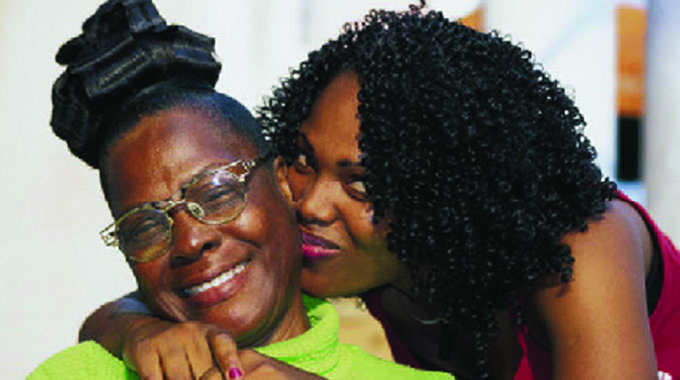Common myths about fitness

Coach Jason Chipato Fitness Correspondent
Whether it’s on TikTok, Instagram, or YouTube, there’s so much fitness advice out there that it can be hard to know what’s helpful and what’s nonsense.
Most people always ask that should one exercise intensely every single day.
Yes, it’s important to maintain an active lifestyle and get up and move throughout the day, but it’s equally important to rest and allow your muscles to recover from high-intensity workouts.
“You should have at least one rest day to recover,” Cervantes says. “Rest includes sleep. It’s a huge part of your recovery. It’s only the time of day your body is completely resting.”
If you’re waking up in the wee hours—or staying up late—to squeeze in your workout, Cervantes says it might be wise to rethink your routine and find ways to compromise. For instance, instead of working out for an hour, you can sleep for an extra 30 minutes and work out for 30. “Listen to your body,” says Cervantes. “You want to be rested to perform optimally.”
Here are common myths:
1.Gym is for people who want to lose weight.
While gyms are excellent places to use equipment to help you reach your weight loss and fitness, they are not necessary to lose weight. Losing weight is about increasing physical activity and decreasing caloric intake. This can be achieved anywhere by simply increasing your daily activity and eating a sensible diet.
It is also false that the gym is only for those who want to lose weight. Any form of fitness related body transformation can be achieved in the gym and not only by going to the gym but also maintaining a healthy diet.
2.Targeted weight loss/Spot reduction
Everyone carries fat in different parts of the body. Some have large bellies, others want to reduce their thighs fat or waistline. But unfortunately targeted weight loss is not possible at all. You cannot do one workout with a motive to lose fat from your concerned body part. Only if you follow a healthy diet and perform intense exercises you will be able to see the difference in your overall body weight after some time.
3.Exercise is the best way to lose weight
While there is plenty of evidence showing people can lose weight just by being physically active, it is also one of the hardest ways to go about it.
Our energy balance is mostly determined by what we eat and our metabolic rate (the energy you burn when you do nothing). Our energy balance is determined only to a small extent by how active we are.
That means losing weight just by being active is very hard work.
The best way to lose weight is through combining a nutritious, low-calorie diet with regular physical activity.
- Workout time
It is the efficiency and regularity of your workouts that matter, and not how long you do it. Even if you exercise for 20 minutes daily, your fitness levels will improve over time.
5.Fat turns to muscle/vice versa
Muscle is made of protein while fat comprises of lipids, and chemically they can’t convert to one another. What does happen, however, is that muscle potency decreases if you don’t continue to lift weights.
6.Longer Workouts Are More Meaningful
Working out harder doesn’t always mean you’re working out smarter. Spending hours on the treadmill or lifting weights can cause muscle strain or an overuse injury.
This also doesn’t factor in poor form or insufficient equipment, which could lead to injury before you reach your goal.
As an alternative, break up your routine between cardio, mobility and resistance exercises for variety and to work on all muscle groups equally.
7.No Pain, No Gain
Pain and soreness should not be used to measure whether you’ve had an effective workout. On one hand, it can indicate delayed onset muscle soreness (DOMS). On the other, it could be a sign your muscle tissue has torn. Workouts with repeat movements can actually worsen the tear, resulting in a more serious injury with time.
DOMS can last up to 48 hours after you’ve completed a routine and your body eventually adjusts. Yet, if you routinely ignore or push through pain, your muscles regularly feel tight or you’re experiencing mobility issues, you may need to step away or even get medical attention to address the sensation.
8.Lifting Weights Makes You Bulky
Men and women often approach this fitness myth from different perspectives. Male athletes and fitness enthusiasts tend to spend hours in the gym with free weights or machines, hoping for larger looking muscles.
For women, this myth can result in a limited use or complete avoidance of free weights and other strength-training exercises (“I don’t lift weights because I don’t want to look like a man/masculine”).
Yet the fact is, weightlifting on its own does not lead to bodybuilder muscles. Particularly for women, female hormones prevent excess muscle mass.
Lifting actually offers several health benefits for your heart, joints and ligaments, metabolism, posture and balance. It also helps increase strength and energy.










Comments